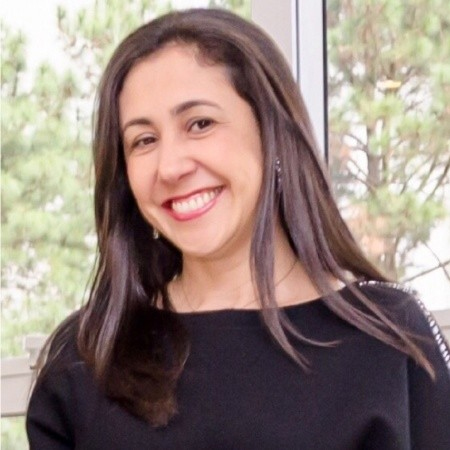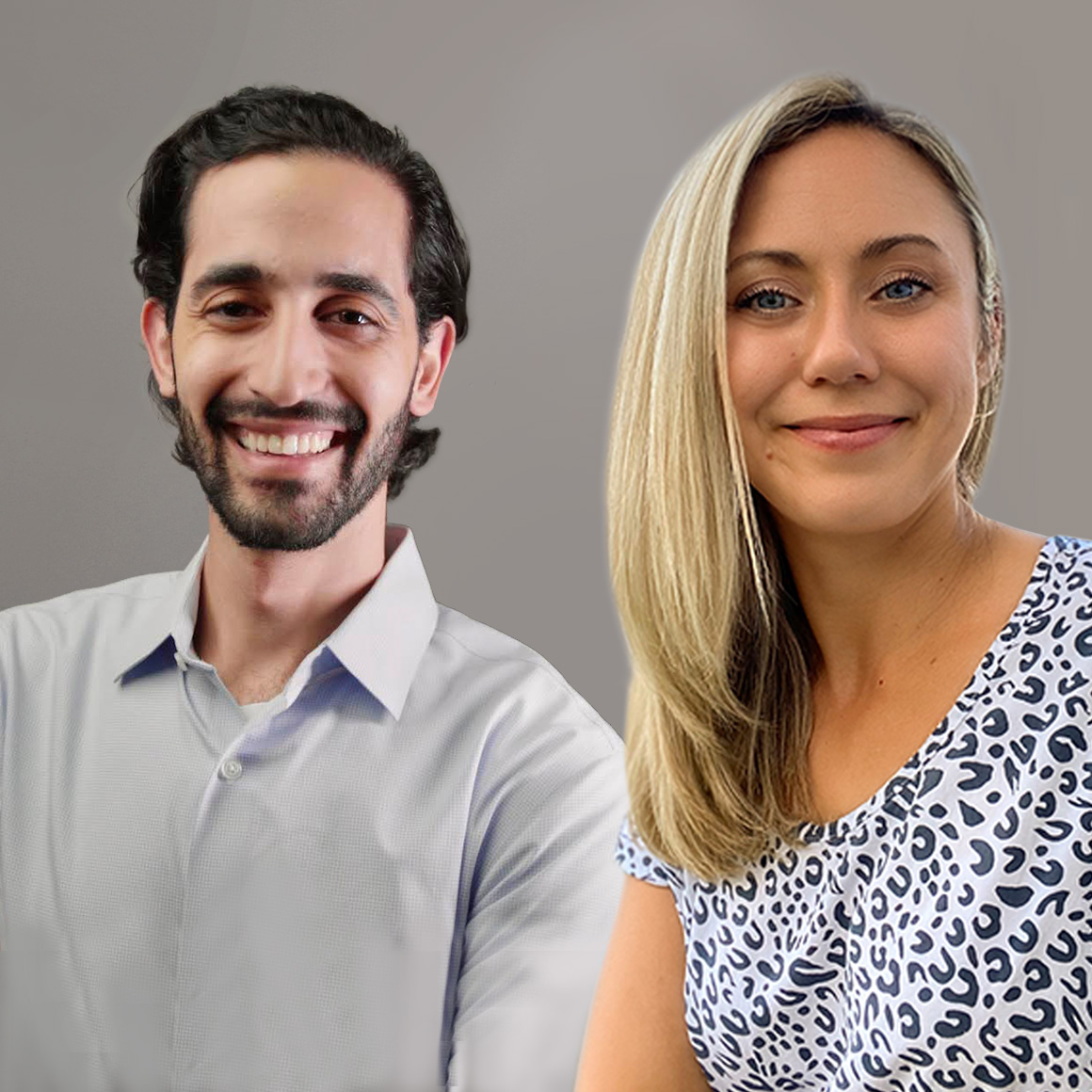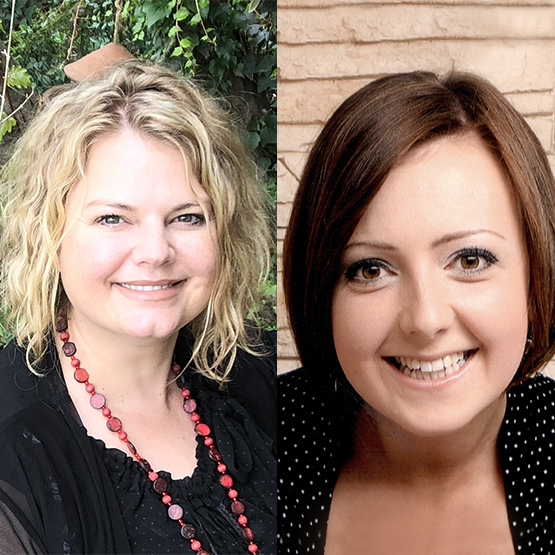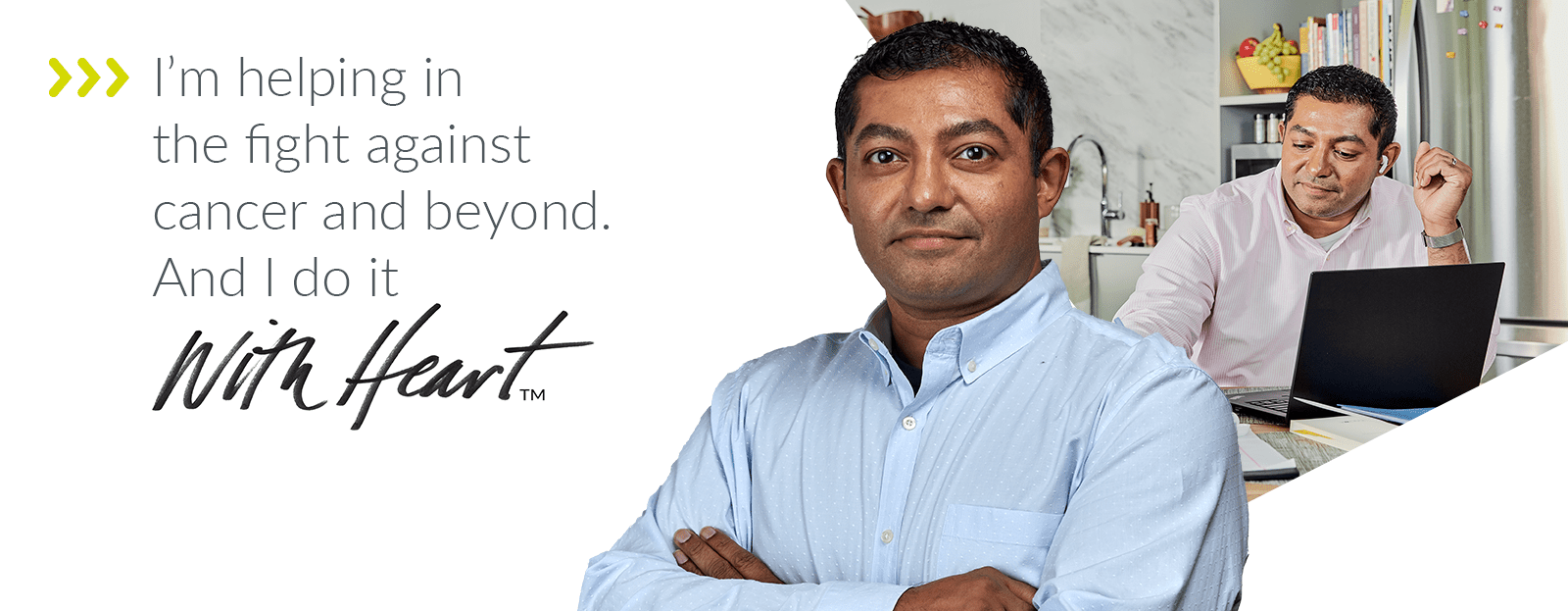Catia Campos: Director, Head of Biotech Clinical Operations Leaders (Brasil)
"Quote"

Catia reflects on her 15-year career at Parexel, what she was able to learn on this journey, and the opportunities she had. She progressed from a Clinical Operations Leader to Director, Clinical Operations overseeing a 100+ people organization at Parexel Biotech. Read about what she learned from moving from project management to people management.
- 2008 - Catia started at Parexel as a Clinical Operations Leader
As a Clinical Operations Leader, I joined Parexel to oversee a large project in LATAM comprising eight countries. When I began working on the project, I was fortunate to have a project manager who took me under their wing and mentored me. After just over a year, I was invited to take over as project manager for the same project, managing LATAM. In 2009, I started to become involved in people management due to my managers saw my competence in this area. Consequently, I was given the opportunity to manage the internal CRAs. - 2010 – transitioning to managing Clinical Operation Leaders
The most interesting part of switching from project management to people management is that it requires a complete mindset shift. In project management, the focus is on deliverables, but in people management, understanding the people executing the work and their needs is crucial. Initially, it was challenging for me to make this switch as I was very focused on deliverables. However, I gradually understood that I was not the main actor anymore, but I was preparing others to be the main actors, to let them take responsibility and let them shine. That was the turning point in her career.
What I learned from moving into managing teams in LATAM for 4 years, and then additionally in Canada and US:
Cultural Understanding: Managing people involves understanding cultural differences and adapting management styles accordingly. Even if people speak the same language, there can be significant differences in their perspectives and ways of working. Therefore, it is essential to customize management approaches to suit individual needs and preferences.
Active Listening: There are challenges in managing people from different countries with language barriers. As English is not my first language, I had to work harder to communicate effectively with my team in North America. The nuances and cultural differences can make it difficult to fully understand personal issues but being an active listener can help in supporting employees professionally and personally. You can identify people's strengths and areas for development and offer support to help them grow and improve.
- 2019 – moving to Parexel Biotech – Leading COLs in the Americas
In 2019, I applied for a position in the newly created biotech division and became the lead for the group of COLs in the Americas. It was a significant change as I had to manage not 10 big clients, but over 200 small clients with different perspectives and expectations. I had to quickly adapt myself and learn how to create a good environment for people working in Parexel Biotech. I believe that a leader must have the ability to change and be flexible in new environments. I faced another challenge in 2020 when the pandemic hit, and the team had to adapt to the new situation while still growing. Currently, I lead a group of close to 100 COLs and the biotech division is in constant evolvement.
What I learned from leading the COLs for Parexel Biotech:
Learning from constant change: You have to be able to adapt to the constant change in a work environment. My group has gone through various changes, including moving from a global to a regional structure and having another group integrated into theirs. Leaders need to be ready for change and promote it as change agents. Leaders must not only make changes but also ensure that they are accepted efficiently by their direct reports. Working in a global environment has challenged me as a leader and helped me develop the competency of learning new things quickly and teaching others.
- What support did you receive to progress within Parexel?
I've been fortunate to have had great leaders as my role models and mentors throughout my career at Parexel. When I was promoted to a senior manager position, my boss invested time in understanding my profile and finding new opportunities for me to develop myself. This happened again when I moved to a biotech role, where I had a mentor based in Europe, demonstrating the global nature of the company. Additionally, some wonderful women supported me when I had to start in new positions or take on new responsibilities in the same position. Currently, I have a strong leader managing me who is investing time in making her expectations clear, highlighting my strengths, and identifying areas where I need to further develop myself. - How do you support your team?
I lead a team of seven managers, who manage about 100 Clinical Operation Leaders and Study Start-Up Leaders. What I currently do for the managers is coach them to become more effective leaders and work closely with their direct reports to help them shine. Using the direct reports’ strengths and investing time in looking for opportunities for them to develop and move up in their careers. That could be within our Biotech group or another internal position. I have had several of my team members move up to CRA Line Management, Quality & Risk Lead positions, and the Integrated Solution Group. Sometimes, they have skills and competencies that are better suited for other positions, and I am happy to see them migrate to these positions when they are ready to fly. -
What traits do you think are needed to be successful as a COL?
Within a Clinical Research Organisation, you always work for clients and therefore need to possess the right skills, behaviors, and attitudes that make your projects successful. Technical experience is important, but it's not the only thing that matters. When interviewing candidates, I look for proactive people, critical thinkers, and a passion for clinical research. They need to be resilient and able to handle pressure, as well as being engaged, team players, and collaborative. Finding all these qualities in a candidate can be difficult, but it's essential to ensure we continue to provide the best service to our clients. Even if a candidate doesn't have a lot of experience in the role, if they exhibit the right behaviors and attitudes, we can teach them the rest. The most important thing is that they are willing to learn, work hard, and develop themselves. -
How does it differ from supporting big pharmaceutical companies to the small biotech companies you work with now?
Working as a Clinical Operations Leader for a big client involves managing huge projects with several COLs on the same project, where not every COL needs to work client-facing. The main difference in working with Biotech clients is that the projects tend to be smaller in scope and therefore most projects only require one COL. This means that the Clinical Operations Leader is constantly interacting with clients. They require strong negotiation and communication skills, as well as the ability to showcase the advantages of certain strategies, systems, and tools.Furthermore, this intense client-facing work can be a great opportunity for personal and professional growth, as it provides opportunities to develop leadership skills. I take pride in watching my team members start as entry-level associates and become successful global Clinical Operations Leaders themselves. Developing leaders is a key mission for me.
-
Coming to an end with the interview, please share with us which Core Value at Parexel you stand behind the most.
The core value I like the most in our company is "patients first". It's our mission to help bring new treatments to patients. I’m especially proud of us for developing rare diseases and innovative treatments like gene therapy or cell therapy. Another core value that I find extremely important is "respect". It's crucial to have a work environment where everyone is focused on respecting each other in our daily work. This makes a huge difference.
Do you want to work with Catia? Look for suitable Project Leadership positions here.
Also, if you do enjoy their story, share it with your networks via the below links.
Explore more about Parexel
-

Meet Donata: Project Leader
Donata progressed from a Clinical Monitoring Associate to a Project Leader within her 10-year tenure at Parexel. Learn what she does on a typical day, why she chooses Parexel again and again, and how passionate and active Donata is in her life.
-

Roles within Project Leadership
Drive success as a Project Leader in our Enterprise or Biotech group.
-

A day in a life of a Project Leader
Christine and Ewa share what a Project Leader does, what mindset is needed, why to become a Project Leader, and more.
Featured jobs
- Project Specialist Romania, Remote
- Global Clinical Trial Lead - FSP - Remote Austria, Remote
- Project Manager (Labs) - Hybrid, Rixensart, Belgium - FSP Belgium, Remote
- Associate Director, Vendor System Delivery United Kingdom, Remote
- Senior Project Manager - PC Philippines, Remote

